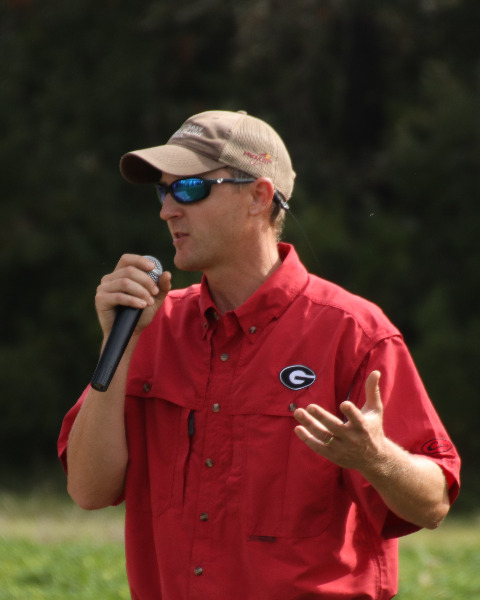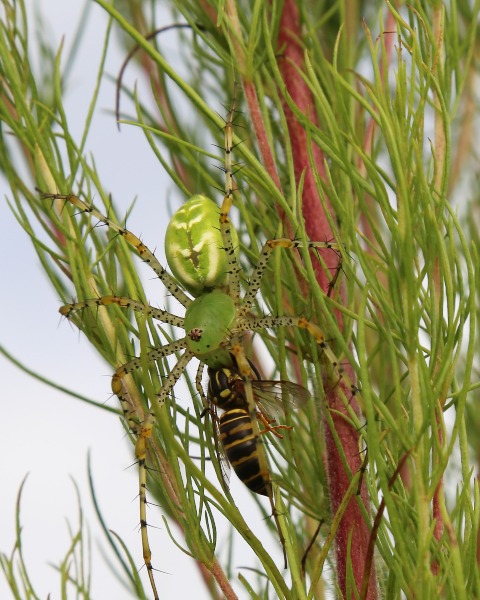P-IE
Student Competition 10-Minute Paper
Grad 10-min: P-IE, Ecology 1
Landscape context of commercial peanut systems in south Georgia and environmental effects on a subterranean seed feeder, Pangaeus bilineatus
On-Demand

Benjamin L. Aigner (he/him/his)
University of Georgia
Tifton, Georgia
Mark R. Abney
University of Georgia
Tifton, Georgia
Jason M. Schmidt
University of Georgia
Tifton, Georgia
Presenting Author(s)
Co-Author(s)
The peanut burrower bug (PBB), Pangaeus bilineatus Say (Hemiptera: Cydnidae), is a serious economic pest of peanut, Arachis hypogaea L., in the Southeast U.S. This native insect has become a significant pest throughout the region without a clear indication of factors driving its distribution. Annual losses have been reported throughout the region since 2010, especially in Georgia. Records of all PBB injury occurring in the 2016-2018 crop years were acquired from the Georgia Federal-State Inspection Service. Data from 2016 were used to conduct preliminary exploratory analyses to test for significance of land use land cover (LULC) proportions in peanut, cotton, other agriculture, wetland, forest, and non-agricultural land with PBB injury. A stepwise regression model was also used to examine irrigation, soil texture, field size, average roughness, and cumulative days of rain as potential predictors for PBB injury. Preliminary analyses of 2016 data suggest irrigation, cumulative days of rain, average roughness, field size, and proportion of peanut in the surrounding landscape (1km) as significant factors of PBB injury to peanuts. Methods will be replicated with 2017-2018 data and additional metrics of edge density and rainfall will be applied to all years, specifically, to examine effects of edge density of peanut vs. non-peanut LULC types, as well as, rainfall during the early growing seasons, late growing seasons, and winter seasons. This model will be validated with 2019 injury data and will help create a tool that provides a quantitative measure of PBB risk to enable more informed management decisions by farmers.


